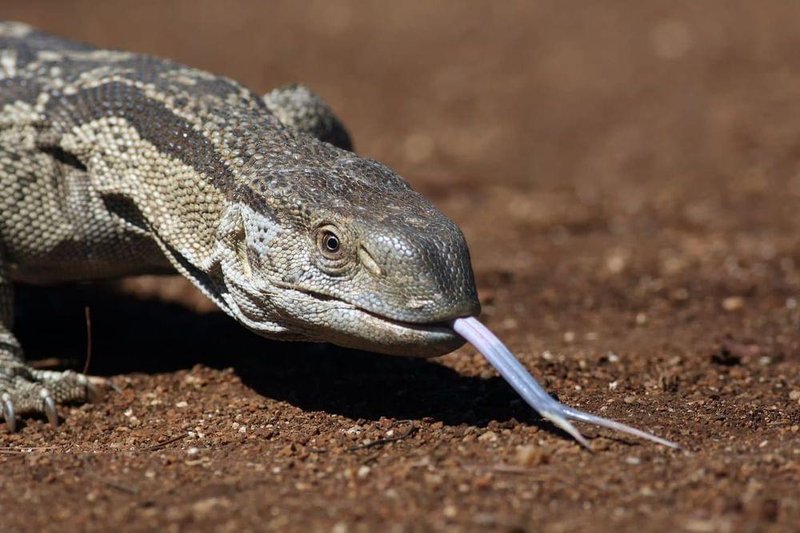
Now, lizards come in all shapes and sizes, from tiny anoles to hefty iguanas. While many are pretty harmless and tend to steer clear of humans, some species might carry risks that you weren’t aware of. It’s easy to overlook the potential dangers because they often seem more like pets than threats. Let’s break down what you need to know about lizards and their safety concerns, so you can understand the lizard’s role in our environment—and your home.
What Are the Most Common Types of Lizards?
Lizards belong to the order Squamata and are widely found across the globe. They include many species, each with unique traits and behaviors. Common types of lizards include:
- Geckos – These small lizards are known for their adhesive toe pads, allowing them to climb walls and ceilings with ease.
- Iguanas – Often kept as pets, iguanas can grow quite large and require special care and attention.
- Chameleons – Famous for their color-changing ability, they tend to be more temperamental and need a controlled environment.
- Skinks – These lizards are smooth-scaled and often live underground. Their gentle nature usually makes them non-threatening.
- Monitor Lizards – These are among the largest lizards, some species can be quite aggressive and intimidating.
While many lizards are harmless, others can be more than just a pet rock in your yard. It’s essential to identify what kind of lizard you might encounter, especially if you’re venturing into the wilderness or considering a new pet.
Can Lizards Carry Diseases?
Here’s the thing: while most lizards aren’t dangerous in the traditional sense, some can carry diseases that affect humans. One such concern is Salmonella, which is often associated with reptiles. It’s easy to contract if you handle a lizard and then forget to wash your hands before eating.
Infectious diseases from lizards can lead to symptoms like fever, abdominal cramps, and diarrhea. The risk is higher among young children, elderly folks, or anyone with a weakened immune system. To stay safe, it’s crucial to practice good hygiene:
- Always wash your hands thoroughly after handling a lizard.
- Avoid kissing or snuggling with them, no matter how cute they look.
- Keep their living areas clean and sanitized.
While the thought of contracting something from a lizard can sound alarming, most of the time, simply being cautious will keep you safe.
Are Some Lizards Venomous?
You might be surprised to learn that a few lizard species do possess venom! For instance, the Gila monster and the Mexican beaded lizard have venomous bites. Their venom can cause significant pain and swelling but usually isn’t life-threatening for healthy adults.
These lizards tend to be docile and would rather retreat than attack. But if you accidentally provoke one, their bite can lead to dizziness, nausea, and more. Here’s what you should keep in mind:
- Keep a safe distance if you spot one of these lizards in the wild.
- If bitten, seek medical attention immediately, just as you would for any animal bite.
- Learn how to identify these species if you live in or visit areas where they are common.
Even though they’re not the typical “dangerous” animals most people fear, it’s wise to respect their space.
Can Lizards Be Aggressive?
While many lizards are peaceful, some can show aggression, particularly if they feel threatened. Monitor lizards, for example, are known for their strong territorial instincts. An agitated monitor lizard may hiss, bite, or even charge at perceived threats.
Iguanas can also exhibit aggressive behavior, especially males during mating season. They might puff themselves up and display their dewlap, which can be their way of saying, “Back off!” If you’re considering having a lizard as a pet, it’s important to:
- Research the species before bringing one home.
- Understand their behavior and how to manage their aggression.
- Provide them with a safe, comfortable habitat to reduce stress.
By knowing what to expect and how to interact safely, you can minimize any potential issues.
How to Safely Interact with Lizards?
If you love reptiles and want to engage with them safely, here are some pointers. Start by observing lizards in their natural habitats. Enjoy the way they bask in the sun or hunt for insects—without disturbing them!
If you’re handling a pet lizard, there are a few key things to remember:
- Approach slowly and calmly; sudden movements can startle them.
- Let them come to you instead of grabbing them.
- Always keep their habitat clean to promote a healthy lifestyle.
Successful lizard interactions can lead to a fascinating bond, but it’s vital to understand and respect their nature.
Final Thoughts on Lizards and Human Safety
So, can the lizard be dangerous to humans? The answer isn’t black and white. While many lizards are harmless and even beneficial for pest control, some species can carry diseases or show aggression when provoked. By being informed and treating them with respect, your experience with lizards can be both safe and enjoyable.
Next time you spot a lizard in your backyard or at a pet store, you’ll know what to look out for. Just remember, it’s all about understanding their behavior and using common sense. Whether you’re an animal lover or just curious, learning more about these intriguing creatures can bring a new layer of appreciation to your interactions with them.

